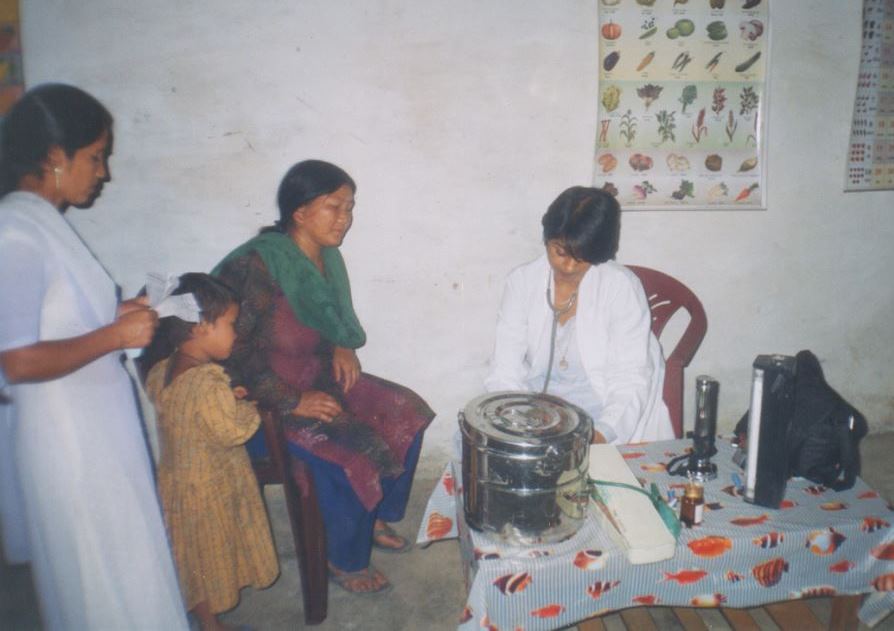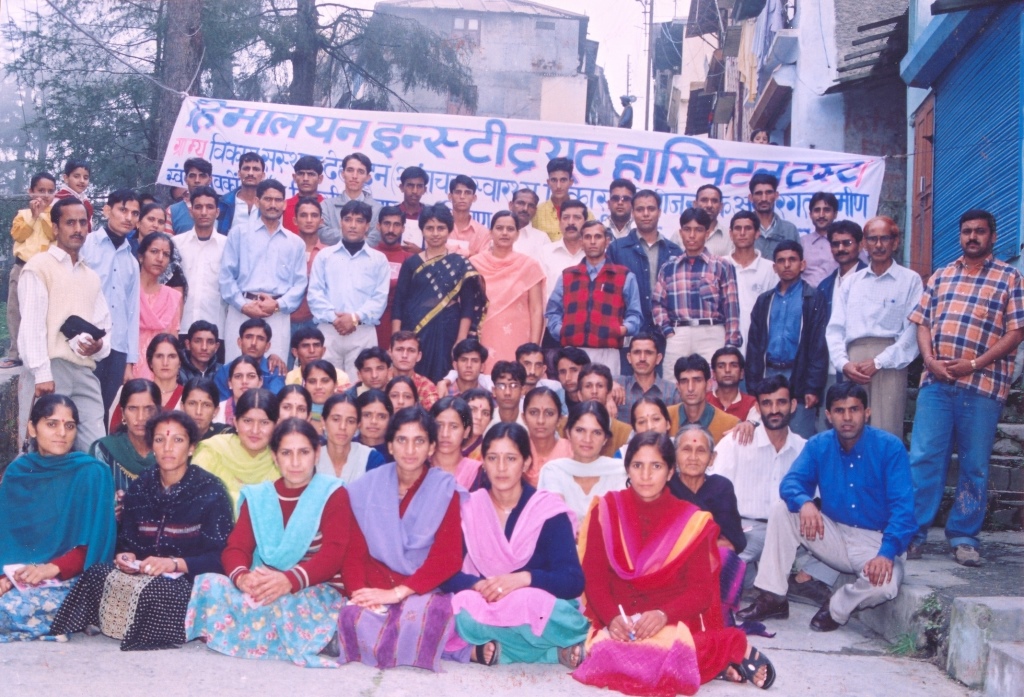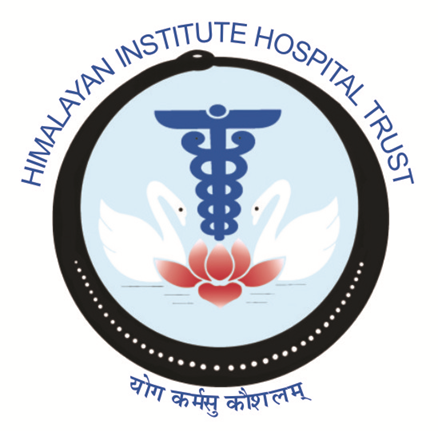Chakrata and Kalsi are two mountainous blocks of Dehradun district which have the maximum tribal population of Uttarakhand. Both blocks have extreme inaccessibility to basic amenities and healthcare facilities, posing various challenges for the tribal people. Large family size and traditional practices restrict young women to adopt the modern health services hence a large number of women and children are suffering from many infections and other non-communicable diseases.
Understanding the challenges, complexity and various health issues, Uttarakhand started a Minimum Intervention Package of Services (MIPS) in collaboration with World Bank in 2004. Rural Development Institute delivered all the health services in the Chakrata block as an implementing agency with the objective to ensure sustainability of the services. The MIPS program had four major components- Access to services, Behavior change communication, Building Capacity & Empowering Community, Measuring the Impact.

Community Health Volunteers (CHV’s) were trained by HIHT including practical orientations in providing limited curative and preventive services. In total, 2754 Village health camps have been conducted encompassing 153 villages spanning over 18 months in entire Chakrata. In all 162 Specialty clinics supported by a team of super specialists from HIHT have catered to over 15,000 patients by provision of consultations, referrals, primary medications, investigations and diagnostics at the Nyay Panchayat level.
HIHT-MIPS used innovative and effective means of communication to increase demand by making people aware of their own health needs and of the services available to them. The program has presented more than 150 “Nukkad Natak”- street plays on issues such as Health and hygiene, sanitation, Nutrition and family planning which facilitated in mobilizing the entire community’s concern towards health.
In the medical camps, counseling of malnourished children were conducted along with immunization requisite doses. The first line of treatment and referrals were advised which were stringently followed over the entire period. The Immunization Protection rate (0-1 yrs.) was dismally low before the project commencement standing at 29% which increased to 62% at the end of the program. A systematic and effective three tier based referral system has been implemented by HIHT based on a protocol ensuring smooth routing of patients from the First point of contact (CHV’s, Village, Village health camps) to the second referral Unit (Specialty Clinics, AWW, Sub-Center, PHC’s, SAD’s) and finally to the tertiary referral unit (District hospitals).

